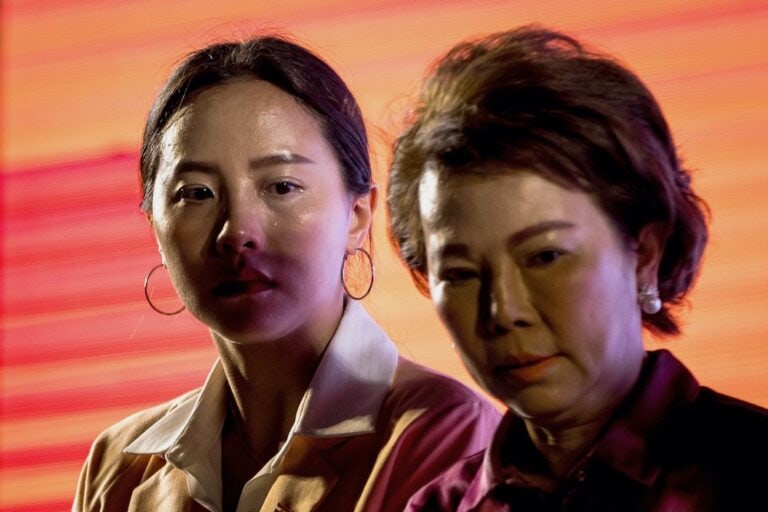SEAPA, TJA, ISRA Institute and the Thai Broadcast Journalists Association hosted a forum to reflect on the year that has passed and what lessons could be drawn from covering the clashes.
(SEAPA/IFEX) – 19 May 2011 – Exactly one year ago today, the Thai military launched its dispersal operations against the Red Shirt protest rally, which had been going on for three months. The media became a casualty in the conflict, which saw 92 people, including two photographers, being killed and many others wounded.
The Southeast Asian Press Alliance, together with the Thai Journalists Association (TJA), ISRA Institute and the Thai Broadcast Journalists Association (TBJA), hosted a forum on 16 May 2011 to reflect on the year that has passed and what lessons could be drawn from covering the clashes.
SEAPA Executive Director Gayathry Venkiteswaran said the forum was an opportunity for the media and civil society to have a dialogue about the challenges confronting the media, and the lessons that can be drawn from the experience last year as well as trends in the Southeast Asian region.
The forum gathered together 10 speakers from the media, civil society and academe to reflect on the implications of last year’s political events for Thai media.
Of paramount concern is the safety of journalists in covering conflict. Of the 92 people killed over the three months in which the protest rallies ran its course, two were foreign journalists. Several Thai media workers and foreign journalists were also wounded by gunshots and grenade shrapnel.
TV Thai News Director Korkhet Chantalertluk, who had been out in the streets covering the clashes between the military and the protesters a year ago, said many Thai journalists did not expect the level of violence to be that bad.
“Thai media never experienced this kind of conflict before. Many journalists have no experience covering such an event. Nobody expected the heavy use of automatic rifles and grenades,” he said.
TJA President Chavarong Limpattamapanee agreed, observing that the rallies last year “were not just peaceful gatherings but had a hidden political agenda, backed by an armed militia.”
Media executives likewise said that this kind of violence could only be expected in the border areas or in the southern Thai provinces. Hence, many media outlets and journalists were caught flat-footed by the intensity of the violence.
Though bulletproof vests and helmets were distributed among the Thai journalists, these were inadequate and could not be easily procured at short notice.
Speaking on the threats to the foreign photographers who were killed, Chavarong said it could be that they could not anticipate the extent and danger of the clashes, and that the Thai journalists were more in tune with what was going on in the ground.
He said that according to his sources, slain Italian photojournalist Fabio Polenghi might have been mistaken for a Red Shirt militia (called ‘Black Shirts’ or ‘Ronin’) because he was wearing a black outfit over military-style camouflage pants.
( . . . )


